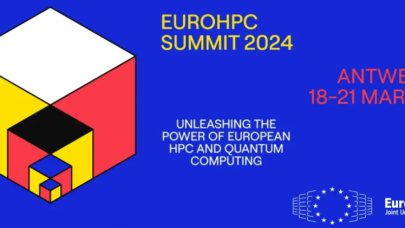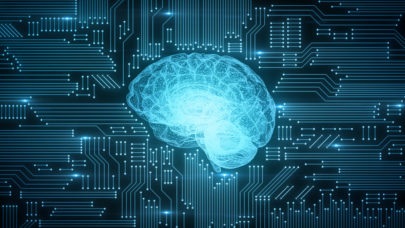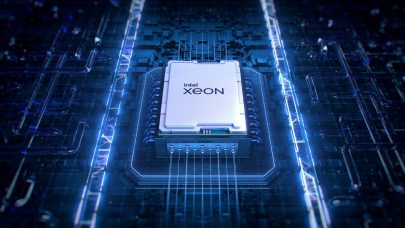OAK RIDGE, Tenn., Oct. 27 — For many of us, the term “doubly magic” may evoke images of Penn & Teller. However, for nuclear physicists, it describes atomic nuclei that have greater stability than their neighbors thanks to having shells that are fully occupied by both protons and neutrons. Theoretical physicists at the Department of Energy’s Oak Ridge National Laboratory recently used Titan, America’s most powerful supercomputer, to compute the nuclear structure of nickel-78, consisting of 28 protons and 50 neutrons, and found that this neutron-rich nucleus is indeed doubly magic. The results, published in the journal Physical Review Letters, may improve understanding of the origin, organization and interactions of stable matter.
“Using first-principle calculations run on Titan, we confirmed that a very exotic nucleus about which little is known, nickel-78, is doubly magic,” said theoretical physicist Gaute Hagen, who performed the study with Gustav Jansen and Thomas Papenbrock. The DOE Office of Science supported the research.
The term “doubly magic” is thought to have been coined by Eugene Wigner, former research and development director of the Manhattan Project–era facility that became ORNL. At magic numbers, which include 2, 8, 20, 28, 50, 82 and 126, either the protons or the neutrons fill complete shells of an atom’s nucleus. The shells for protons and the shells for neutrons are independent of each other. If the number of protons and the number of neutrons are both magic, the nucleus is said to be “doubly magic.”
“The binding energy, or energy needed to remove either a proton or a neutron, is larger for doubly magic nuclei compared to their neighbors,” Hagen explained. The nuclear chart shows that several doubly magic isotopes—atomic elements that chemically behave identically but physically differ in numbers of neutrons—exist near the “valley of stability,” the region that comprises all stable and long-lived nuclei. Examples are helium-4, oxygen-16, calcium-40, calcium-48 and lead-208.
Away from this valley is a frontier, called the “neutron drip line,” at which no more neutrons can be added without loss of nuclear binding. “If you add another neutron to the nucleus, the nucleus just falls apart, or the neutron ‘drips’ out of the nucleus,” Hagen said. “It defines the borders of the nuclear chart, which includes all nuclei that exist and are bound by the strong force.”
The ORNL team’s work addresses such questions as: How many neutrons can be added to a nucleus before it falls apart? How many stable nuclei exist? How do lighter atomic nuclei capture neutrons to create heavier elements in stars?
“With this heavy nucleus, we have 78 strongly interacting protons and neutrons as the fundamental degrees of freedom, and interactions between them that we try to describe,” Hagen explained. “Solving this many-body quantum mechanical problem numerically is tremendously costly. You cannot solve it on a piece of paper. You need a supercomputer.”
To elucidate the underpinnings of nickel-78’s magicity, the team members turned to the Titan Cray XK7 computing system at the Oak Ridge Leadership Computing Facility, a DOE Office of Science User Facility at ORNL. They ran the nuclear structure code NUCCOR (Nuclear Coupled Cluster at Oak Ridge) for approximately 5 million central processing unit hours, allocated through the Innovative and Novel Impact on Theory and Experiment program, or INCITE. Through OLCF’s Center for Accelerated Application Readiness, Hagen leads work to improve the algorithms used in NUCCOR to compute larger nuclei more efficiently on increasingly more powerful supercomputers.
“This is the first realistic calculation of the structure of nickel-78 and its neighbors from first principles,” said Hagen. A nucleus has many energy configurations. In their simulations, the ORNL physicists computed the first excited state in nickel-78 and a neighbor, nickel-80. Experimenters at RIKEN in Japan have recently measured this state, and it will be interesting to compare the ORNL theoretical prediction with those data. The ORNL calculation predicts this state in nickel-78 from a correlation with the precisely known similar state in calcium-48. It revealed “a signature of magicity” for nickel-78, Hagen said.
“Our prediction says that you can add one or two neutrons to nickel-78, and the nucleus will still be bound. We predict the drip line extends beyond nickel-80,” Hagen said. “This was also an important finding.”
Next, the scientists will explore heavier stable nuclei, such as tin-100 and its neighbors. Because tin-100 is located right at the proton drip line, adding another proton causes the nucleus to fall apart. “These are all interesting features of the nucleus that we can compute,” Hagen said.
Source: ORNL



























































